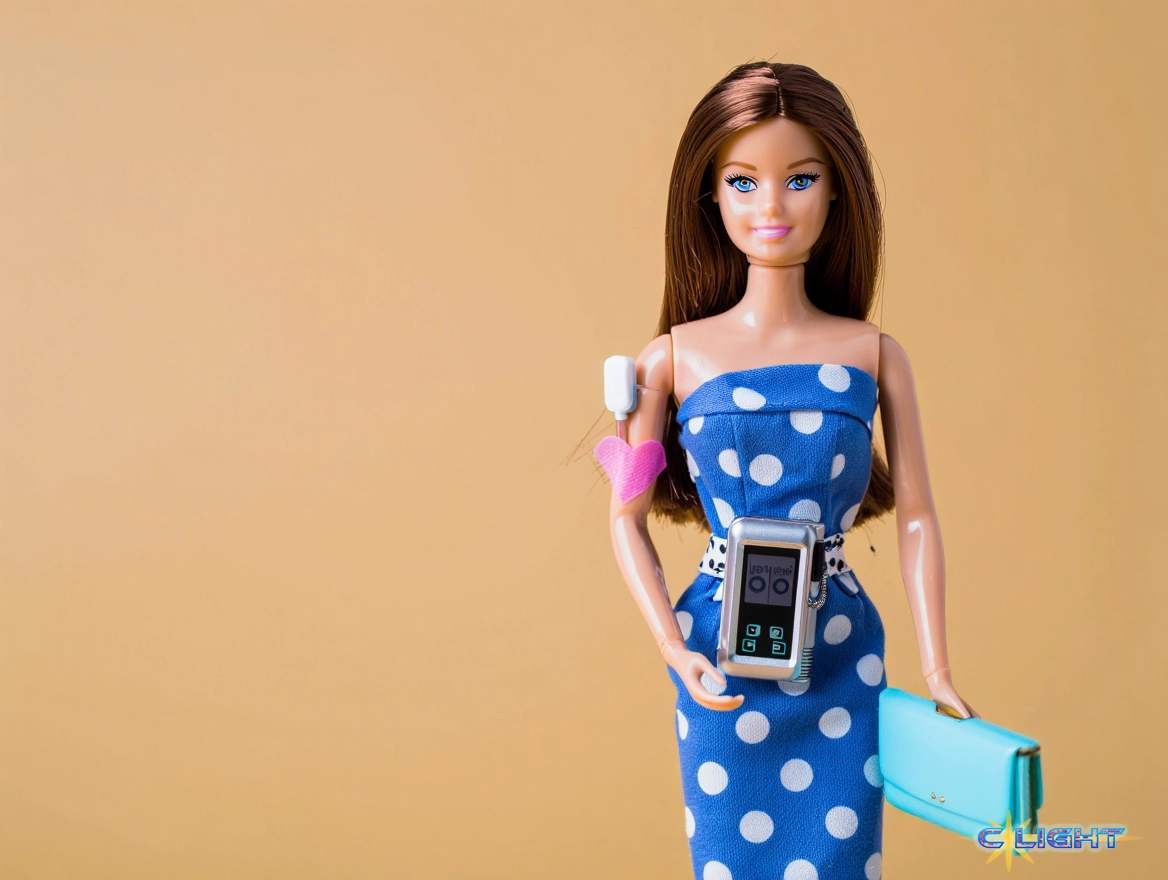In a significant stride towards broader inclusivity, Mattel has unveiled its first Barbie doll featuring Type 1 diabetes. This new addition to the popular “Fashionistas” line is more than just a toy; it’s a meticulously designed symbol of representation and empathy, aiming to normalize chronic illness and ensure more children see themselves reflected in the world around them.
Mattel teamed up with Breakthrough T1D (formerly JDRF), a leading Type 1 diabetes research and advocacy organization, to ensure the doll’s accuracy. The result is a Barbie complete with a continuous glucose monitor (CGM) on her arm, an insulin pump at her waist, and a smartphone displaying a CGM app. Even her blue polka-dot outfit is a subtle nod to diabetes awareness symbols.
This thoughtful design resonates deeply within the Type 1 diabetes community. As Aaron J. Kowalski, CEO of Breakthrough T1D, who has lived with T1D since age 13, shared, this partnership “is deeply personal – it means the world to be part of bringing greater visibility to a condition that affects so many families.” Krista Berger, Senior Vice President of Barbie, emphasized that “Barbie helps shape children’s early perceptions of the world, and by reflecting medical conditions like T1D, we ensure more kids can see themselves in the stories they imagine and the dolls they love.” The doll was even introduced at Breakthrough T1D’s 2025 Children’s Congress in Washington, D.C., where dolls were donated to young delegates living with the condition, and celebrities like model Lila Moss and Peloton instructor Robin Arzón (both living with T1D) are also promoting it.
The daily realities of Type 1 diabetes are demanding for the roughly 2 million Americans, including 304,000 children and teens, who live with it. It requires constant blood sugar monitoring, precise insulin dosing, carbohydrate counting, and managing numerous variables that impact glucose levels. Beyond the medical routine, children often grapple with feeling different from their peers or experiencing anxiety related to their condition. By accurately portraying these medical devices, the new Barbie offers a powerful tool for normalization, helping children with T1D feel seen and understood, while fostering empathy among those who don’t share their experience. Early reviews from parents have already highlighted how the doll helps spark important conversations about diabetes.

This initiative is a continuation of Barbie’s broader push for diverse representation, joining dolls with varying skin tones, body types, prosthetic limbs, hearing aids, vitiligo, and Down syndrome. It also strategically aligns with crucial advocacy efforts, as Breakthrough T1D actively lobbies for the renewal of the Special Diabetes Program (SDP), a $160 million annual federal funding source for T1D research set to expire in September.
Ultimately, the Barbie with Type 1 diabetes transcends its role as a mere toy. It stands as a testament to the growing recognition within the toy industry that true inclusivity means reflecting the rich tapestry of human experiences. By doing so, Mattel not only empowers children living with chronic illness but also helps cultivate a more compassionate and understanding generation ready to embrace diversity in all its forms.
Discover more from Clight Morning Analysis
Subscribe to get the latest posts sent to your email.










